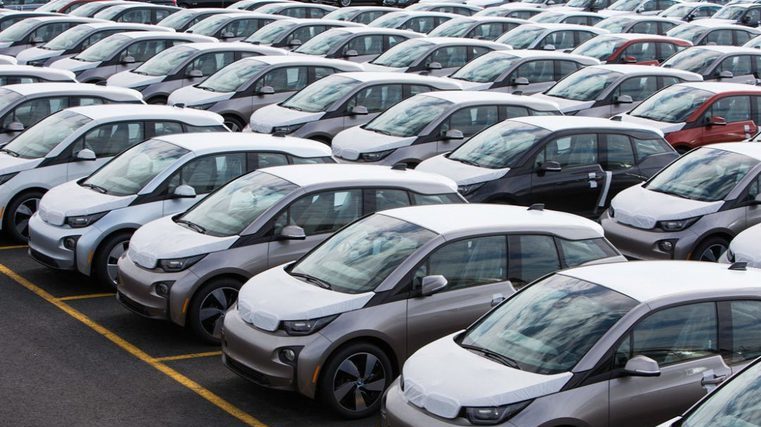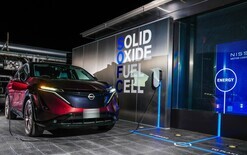Government monitors fleet emissions

Changes to government purchasing rules aim to reduce carbon emissions from the public sector vehicle fleet.
This is one of two areas where the government will expect more in future from public spending on goods and services, says economic development minister David Parker.
"Every year, the government spends about $41 billion on buying goods and services from third-party suppliers and providers, and this represents around 18 per cent of GDP."
"It is important to leverage the collective spend in a more sophisticated way. We should do this in areas where we can make a real difference.
The government has changed and updated the government rules of sourcing, now renamed the government procurement rules.
"We’ve made it really specific, in order to create accountability for the outcomes we want.
"We are looking beyond just the price of what we purchase, to ensure procurement is contributing to the transition to a low carbon economy, inclusive growth, and prosperity.
"Implementation has started. In April we established a dashboard to monitor average CO2 emissions from the government light vehicle fleet, so agencies can drive down emissions."
Changes focus on four priority outcome areas; transitioning to a net-zero emissions economy, construction skills and training, improving employment standards for cleaning, security and forestry contract workers and health and safety in high-risk areas, and increasing access for small to medium businesses.
Parker says these are initial priorities and there is flexibility to add more.
The new Rules will come into effect for all new procurement processes that start on or after 1 October. They can be found here.





